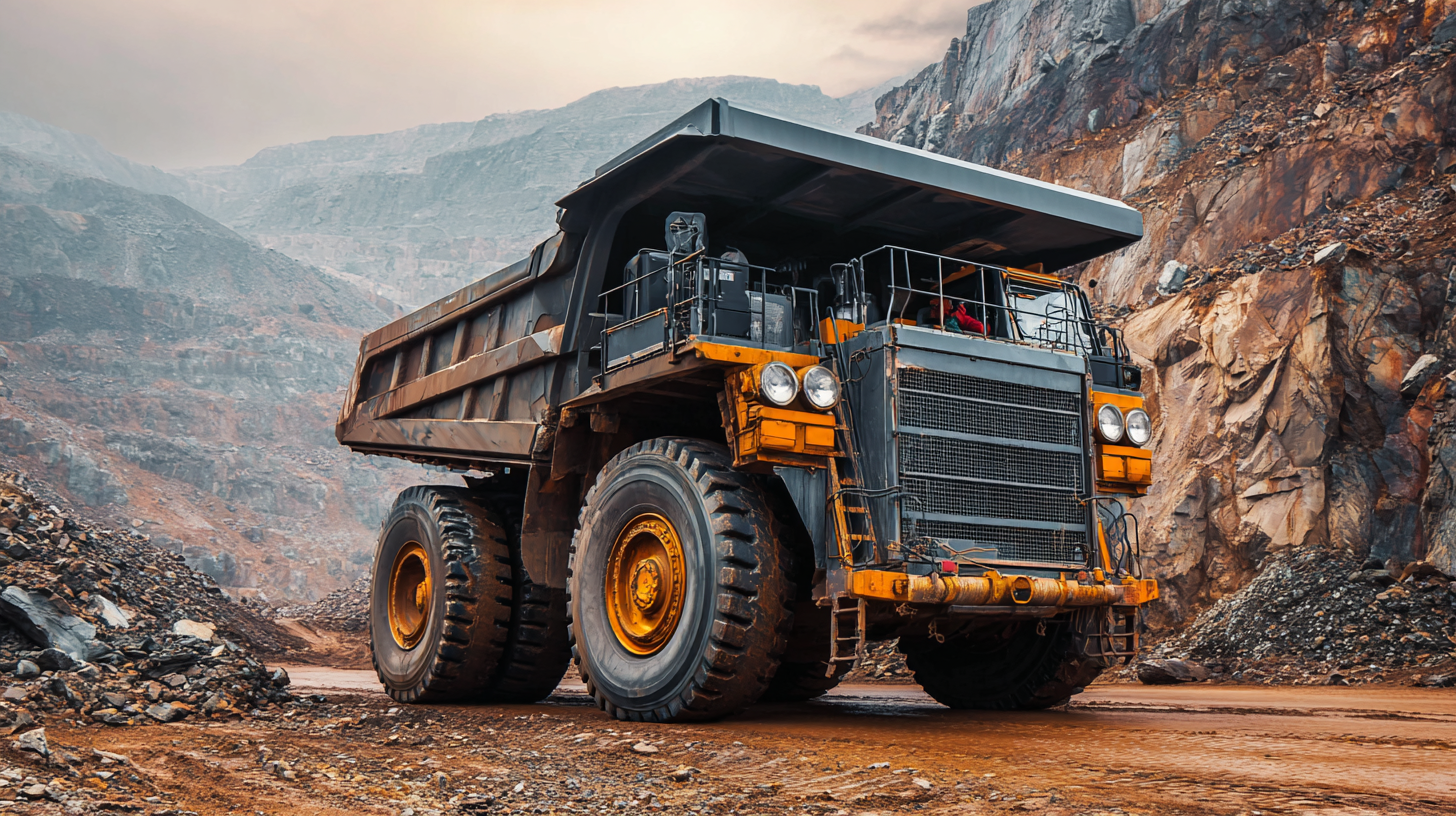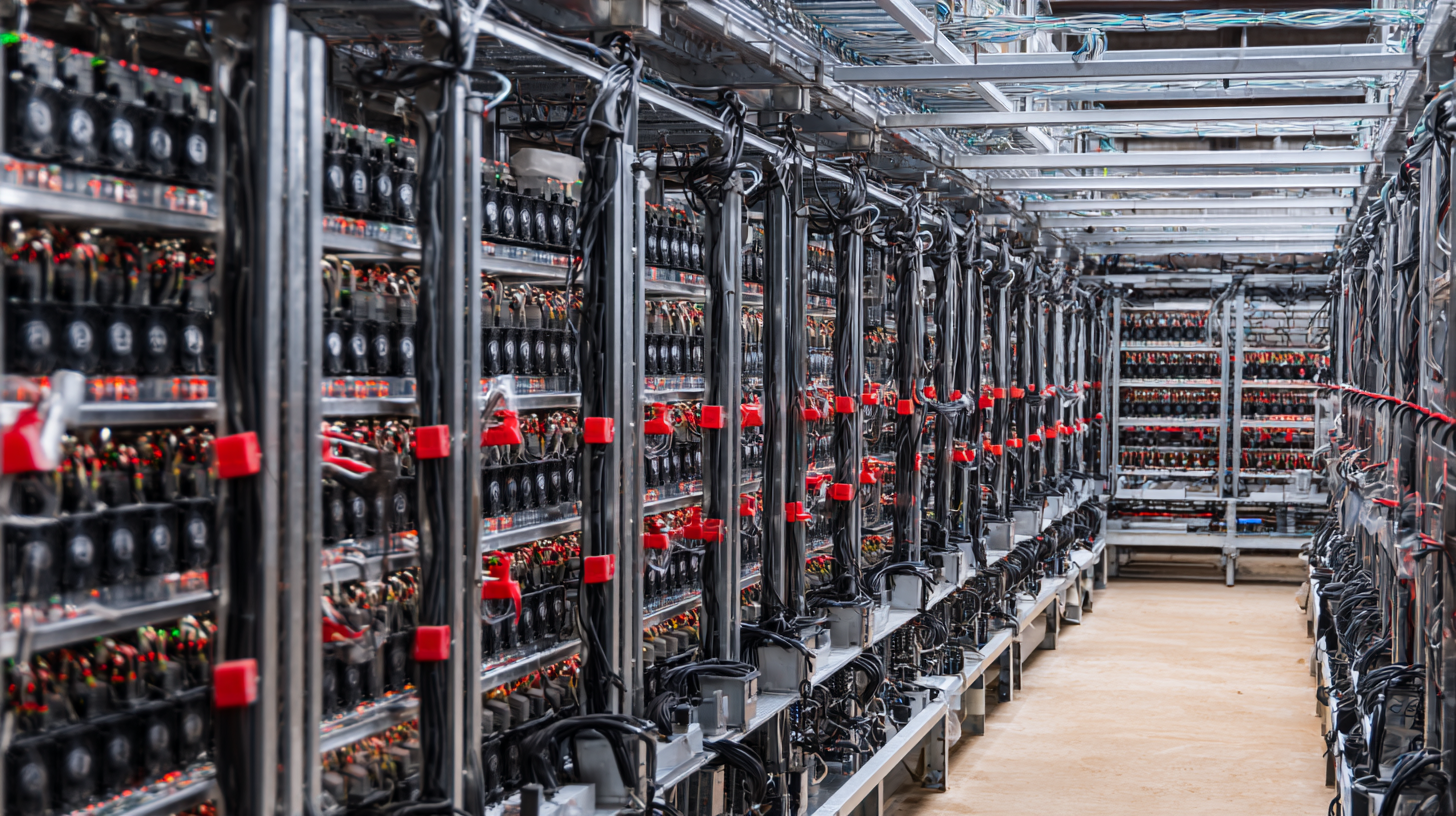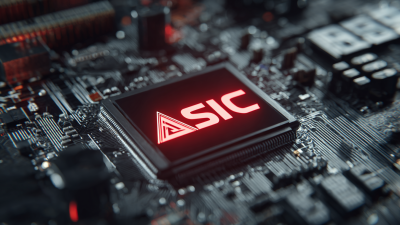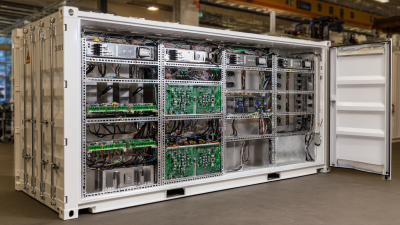How to Maximize Efficiency with Miner Power Solutions
In the rapidly evolving landscape of cryptocurrency mining, the efficiency of Miner Power solutions is paramount to maximizing profitability and sustainability. According to a recent industry report by the Cambridge Centre for Alternative Finance, power consumption for Bitcoin mining alone has surged to an estimated 104 terawatt-hours annually, emphasizing the critical importance of energy-efficient technologies. As miners face increasing competition and rising electricity costs, leveraging advanced Miner Power solutions can significantly enhance operational efficiency.
 These solutions not only optimize energy consumption but also integrate renewable energy sources, thereby reducing the carbon footprint of mining activities. By adopting innovative power management strategies, miners can not only secure their position in the market but also contribute positively to the global push for more sustainable practices within the cryptocurrency sector.
These solutions not only optimize energy consumption but also integrate renewable energy sources, thereby reducing the carbon footprint of mining activities. By adopting innovative power management strategies, miners can not only secure their position in the market but also contribute positively to the global push for more sustainable practices within the cryptocurrency sector.
Identifying Key Areas for Efficiency Boost in Mining Operations
In today's mining industry, maximizing efficiency is crucial for sustainability and profitability. According to a report by the International Council on Mining and Metals (ICMM), improving operational efficiency can lead to up to a 30% reduction in costs. Identifying key areas for efficiency boosts is essential, particularly in energy consumption, equipment utilization, and workforce management. For instance, advanced power solutions such as renewable energy sources and energy storage systems can significantly lower operational costs.

The use of solar and wind energy can reduce diesel dependency, with studies indicating that renewable solutions can provide up to 15% of a mine’s total energy requirements.
Moreover, optimizing equipment usage is paramount. A study from the Mining Industry Council found that underutilized equipment could account for up to 25% of total operating costs. Implementing real-time monitoring systems can enhance asset management and maintenance schedules, leading to reduced downtime and better resource allocation. Furthermore, investing in workforce training and development ensures that employees are skilled in advanced technologies, increasing productivity and minimizing errors. The synergy of these approaches not only enhances efficiency but also promotes a more sustainable and cost-effective mining operation.
Leveraging Advanced Technology for Enhanced Miner Power Performance
Advancements in technology play a pivotal role in enhancing miner power performance. By leveraging state-of-the-art energy management systems, miners can optimize their operations to minimize energy waste while maximizing output. These systems utilize smart algorithms that adjust power consumption based on real-time demand and operational conditions, allowing for more efficient use of energy resources.
Moreover, integrating renewable energy sources into mining operations can significantly boost efficiency. Implementing solar panels or wind turbines can reduce dependence on traditional power grids, lower operating costs, and improve sustainability. When paired with efficient energy storage solutions, miners can stabilize energy supply, ensuring consistent performance even during peak demand periods. This combination of innovative technology and renewable energy not only enhances miner power performance but also positions mining operations as environmentally responsible in an increasingly eco-conscious industry.
How to Maximize Efficiency with Miner Power Solutions - Leveraging Advanced Technology for Enhanced Miner Power Performance
| Miner Type | Power Consumption (W) | Hash Rate (TH/s) | Efficiency (J/TH) | Cooling Method | Advanced Technology |
|---|---|---|---|---|---|
| Miner A | 1500 | 100 | 15 | Air Cooling | ASIC Technology |
| Miner B | 2000 | 120 | 16.67 | Liquid Cooling | FPGA Technology |
| Miner C | 1800 | 110 | 16.36 | Hybrid Cooling | Custom ASIC |
| Miner D | 1600 | 105 | 15.24 | Air Cooling | ASIC Technology |
Implementing Sustainable Practices to Optimize Power Usage
Implementing sustainable practices is crucial for optimizing power usage in miner power solutions. By adopting energy-efficient technologies and renewable energy sources, miners can significantly reduce their carbon footprint while maximizing productivity. For instance, integrating solar panels or wind turbines can provide a reliable source of clean energy, diminishing reliance on fossil fuels. This not only leads to cost savings in the long run but also aligns mining operations with global sustainability goals.

Moreover, monitoring and improving energy usage through smart systems can enhance overall efficiency. Automation technologies, such as AI-driven analytics, allow for precise tracking of power consumption and the identification of areas for improvement. By conducting regular energy audits and implementing data-driven strategies, miners can streamline their operations, reduce waste, and ensure that every bit of energy is utilized effectively. This holistic approach to power management not only fosters a more sustainable mining industry but also enhances profitability and operational resilience.
Analyzing Cost-Benefit of Miner Power Solutions for Long-Term Gains
Maximizing efficiency with miner power solutions is crucial for home miners looking to stay competitive in an ever-evolving landscape. Analyzing the cost-benefit of these solutions reveals that investing in renewable energy can significantly offset operational costs. According to the latest 2025 Renewable Energy Industry Outlook, demand for renewable energy is projected to surge, providing a favorable environment for Bitcoin miners who seek to leverage lower energy prices in the long term. This trend underscores the importance of adopting sustainable energy sources to enhance profitability while aligning with global initiatives toward greener practices.
The World Energy Investment 2022 report indicates that global energy investments are set to increase by over 8%, reaching unprecedented levels that create opportunities for miners to access more affordable energy solutions. As ASICs dominate Bitcoin mining, home miners can still find avenues to efficiently harness power by utilizing these emerging energy trends. The 2025 Power and Utilities Industry Outlook highlights the critical shifts within utilities, emphasizing the transformation and adaptation necessary to meet rising demand. This context illustrates the necessity for miners to not only consider the immediate costs but also to evaluate long-term investment in sustainable energy solutions that promise enduring financial benefits.
Maximizing Efficiency with Miner Power Solutions
This chart illustrates the cost-benefit analysis of miner power solutions, showcasing the initial investment, ongoing costs, and expected long-term gains, thereby emphasizing the importance of maximizing efficiency for sustainable profitability.
Training and Development Strategies for Workforce Efficiency in Mining
Training and development are crucial for enhancing workforce efficiency in the mining sector, particularly with the increasing complexity of miner power solutions. A well-structured training program tailored to the specific needs of the mining industry enables workers to better understand and operate advanced machinery, leading to increased productivity and reduced downtime. Incorporating hands-on training sessions that allow employees to interact with equipment in real-world scenarios empowers them with the skills necessary to troubleshoot issues promptly, minimizing operational disruptions.
Moreover, continuous professional development opportunities are essential in keeping the workforce adept at handling emerging technologies. Implementing mentorship programs where experienced miners guide newcomers can foster a culture of knowledge sharing and skill enhancement. Additionally, regular workshops and seminars can be conducted to keep the workforce informed about the latest in miner power solutions and safety practices.
By investing in both initial training and ongoing education, mining companies can optimize their workforce efficiency, ultimately driving higher levels of output and sustainability in their operations.
Related Posts
-

The Ultimate Guide to Sourcing the Best Miner Power Suppliers for Your Business
-

Unleashing Excellence in Global Supply Chains with China's Best Asic Crypto Miner Solutions
-

Discovering Quality Suppliers for Best Miner Power Your Complete Guide to Success
-

5 Reasons Why the Best Antminer Container is Essential for Your Mining Success
-

Revolutionizing Cryptocurrency Mining with Best Crypto Asic Miner and Its Industry Challenges
-

Exploring Alternative Crypto Miners for Sale: Comparing Efficiency and Cost-Effectiveness in 2023
